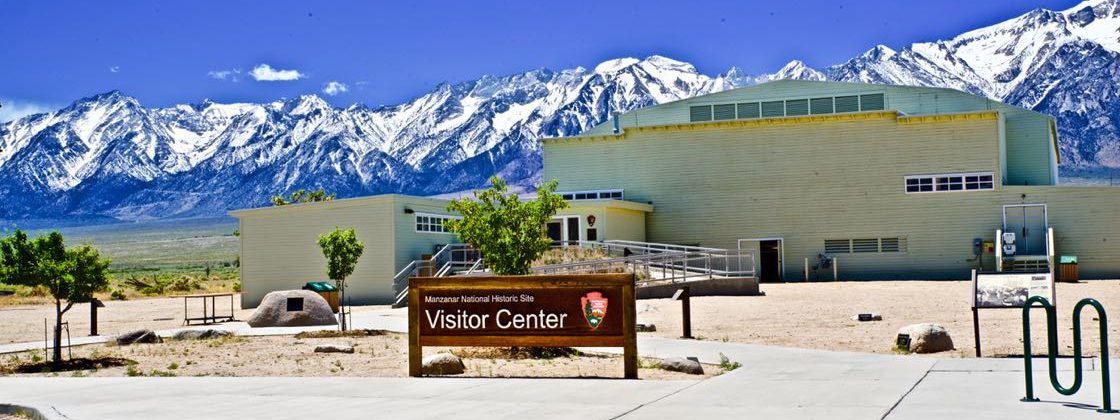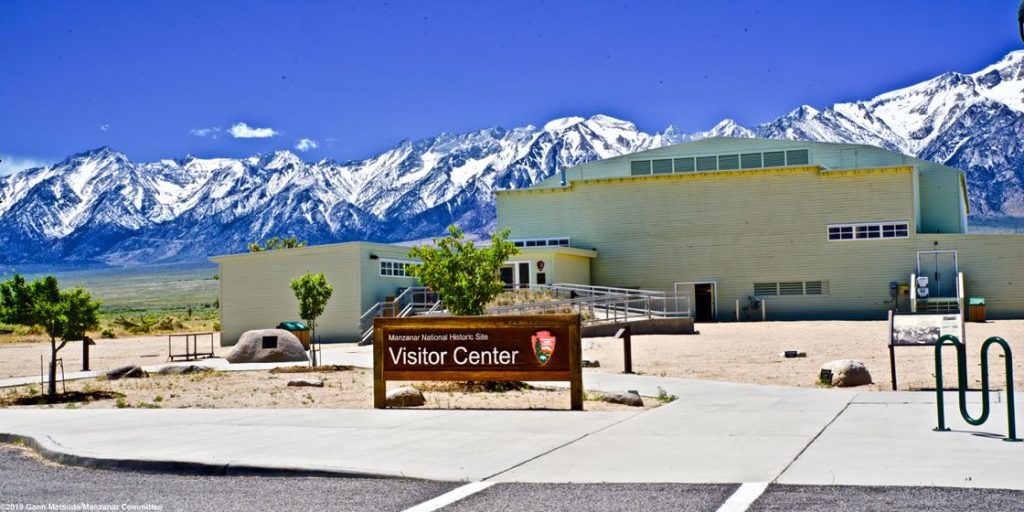

Here is Ben Railton at The Saturday Evening Post:
On February 19th we commemorated a sad anniversary: the 72nd anniversary of President Franklin Roosevelt signing Executive Order 9066, the proclamation that created the federal policy of Japanese American incarceration. We now have a new collective space that can help us remember and understand that divisive and painful period: Amache National Historic Site, the newest addition to the roster of national historical parks operated by the National Park Service. President Biden designated Amache as a National Historic Site in March 2022, and its status was formally finalized this past week.
Our national parks features a wide variety of sites, many of which are quite celebratory in their overall presentation — Concord’s Minute Man National Historical Park is a good example. But an important subset, like Amache National Historic Site, seeks instead to grapple with our darker moments, and offers suggestions for how we the people can do the same.
The national park system itself offers a potent example of our more complicated histories, as many of our most prominent Parks occupy land that was taken from (and in many cases sacred to) indigenous communities. In her book Saving Yellowstone: Exploration and Preservation in Reconstruction America (2022), for example, historian Megan Kate Nelson traces how that famous Park was carved out of Lakota Sioux homelands. And at least one National Park, Colorado’s Sand Creek Massacre National Historic Site, is dedicated to commemorating both indigenous homelands and the violence through which those communities were displaced.
Other national historical parks commemorate even more directly the displacement of American communities onto their lands. The newly minted Amache National Historic Site is just one of a trio of National Parks focused on Japanese incarceration, joining Manzanar National Historic Site in California and Minidoka National Historic Site in Idaho. Each of these sites is distinct, but all of them feature both preservations and re-creations of the harsh environments and spare accommodations in which their Japanese American prisoners lived for years.
Occupying a very different physical landscape but likewise a site of imprisonment is Hawai’i’s Kalaupapa National Historical Park, where thousands of people suffering from leprosy have been banished and died since the 1860s. As at the Japanese incarceration sites, Kalaupapa’s preserved historic buildings help us understand what it truly meant to be sent to and isolated in this place.
Read the rest here.
Have been by there many times…walked the area once…haven’t been in the new building yet. The term ‘darker’ is exactly right.
Thanks for reading, Stan.